Feb 24 ,24

By: Admin
26 Aug, 2024
Overcoming Barriers to Education in Underprivileged Areas
Education is a fundamental right, but millions of children in underprivileged areas still face significant barriers to accessing quality education. Addressing these challenges requires a multifaceted approach. Here are ten key strategies to overcome barriers to education in underprivileged areas:
1. Improving Infrastructure and Facilities
- Challenge: Many underprivileged areas lack basic educational infrastructure such as schools, classrooms, and sanitation facilities.
- Solution: Governments, NGOs, and communities should collaborate to build and maintain schools with adequate facilities. This includes providing safe classrooms, clean water, and sanitation facilities, which are essential for a conducive learning environment.
2. Providing Accessible Learning Materials
- Challenge: A shortage of textbooks, stationery, and other learning materials hampers effective learning.
- Solution: Efforts should be made to distribute free or low-cost learning materials. Digital resources can also be utilized where feasible, with the support of technology to reach remote areas.
3. Training and Supporting Teachers
- Challenge: Many teachers in underprivileged areas lack proper training and resources, affecting the quality of education.
- Solution: Continuous professional development programs should be established to train and support teachers. Incentives such as better pay and living conditions can attract and retain qualified educators in these areas.
4. Promoting Gender Equality in Education
- Challenge: Cultural and societal norms often prevent girls from attending school, leading to a significant gender gap in education.
- Solution: Community awareness programs should be implemented to promote the importance of girls' education. Schools should provide safe environments and sanitary facilities for girls to encourage their attendance.
5. Reducing the Cost of Education
- Challenge: High costs of school fees, uniforms, and other related expenses often prevent children from attending school.
- Solution: Implementing free or subsidized education programs can alleviate financial burdens on families. Scholarships and financial aid programs should be expanded to ensure all children can afford to go to school.
6. Addressing Health and Nutrition Issues
- Challenge: Malnutrition and poor health are common in underprivileged areas, leading to absenteeism and poor academic performance.
- Solution: School feeding programs and health check-ups should be integrated into the education system. Partnerships with health organizations can help address these issues, ensuring that children are healthy and able to learn.
7. Overcoming Cultural and Language Barriers
- Challenge: In many underprivileged areas, cultural and language differences can create significant barriers to education.
- Solution: Developing culturally relevant curricula and employing teachers who speak local languages can help bridge these gaps. Community engagement is crucial to respecting and incorporating cultural values into education.
8. Enhancing Community and Parental Involvement
- Challenge: A lack of parental and community support often hinders children’s education.
- Solution: Programs that educate parents about the value of education and encourage community involvement can make a significant difference. Schools should engage with parents and local leaders to create a supportive environment for education.
9. Leveraging Technology for Distance Learning
- Challenge: Remote and inaccessible areas often struggle with a lack of teachers and educational resources.
- Solution: Technology, such as online learning platforms and radio/TV educational programs, can be used to reach students in remote areas. Governments and NGOs should work to provide access to technology and the internet in these regions.
10. Implementing Inclusive Education for All
- Challenge: Children with disabilities or special needs are often excluded from mainstream education.
- Solution: Inclusive education policies should be implemented to ensure that all children, regardless of their physical or mental abilities, have access to education. Schools should be equipped with the necessary facilities and trained staff to support children with special needs.
Conclusion
Overcoming barriers to education in underprivileged areas is a complex challenge that requires the collaboration of governments, NGOs, communities, and individuals. By addressing these ten key areas, we can work towards a future where every child, regardless of their background, has access to quality education and the opportunities it brings.




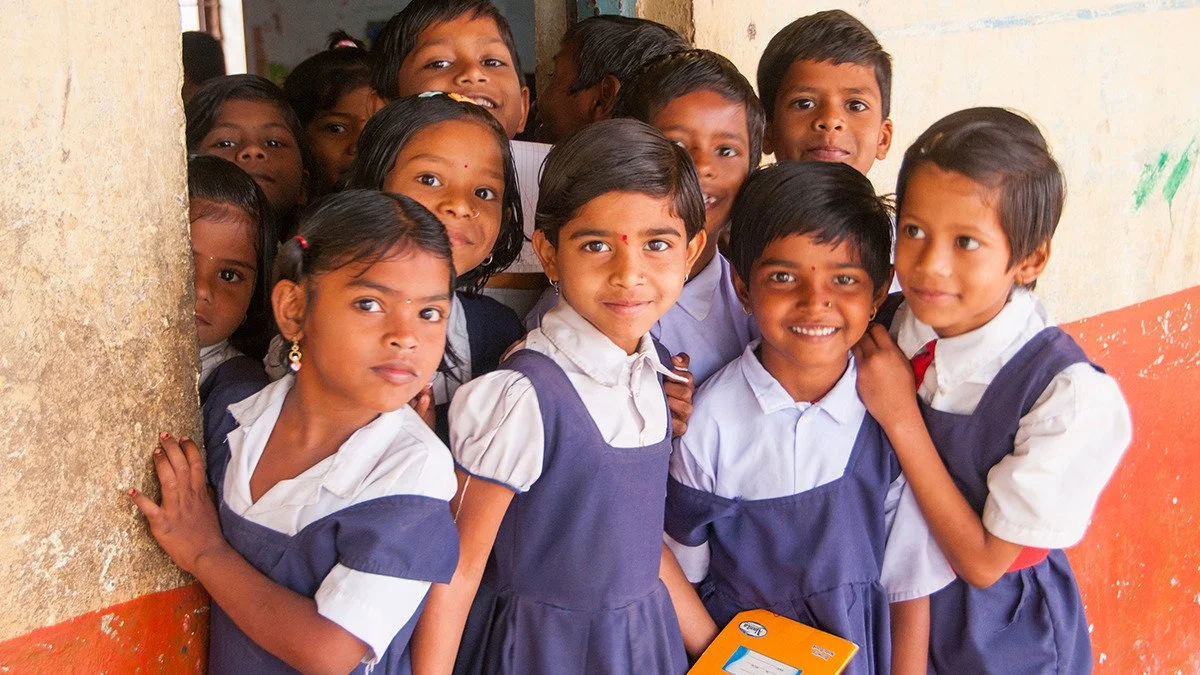
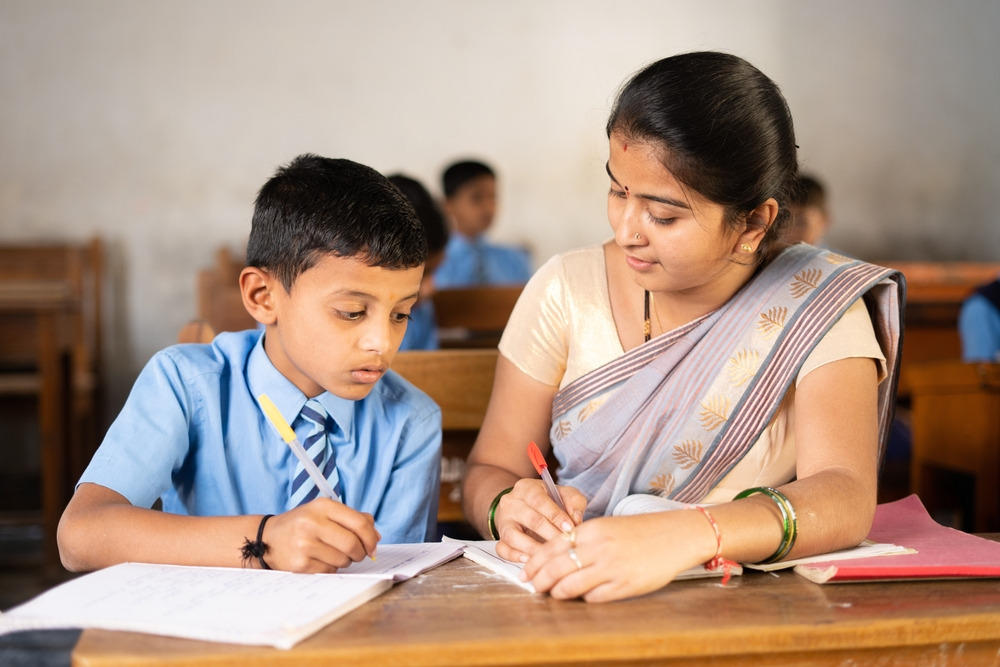
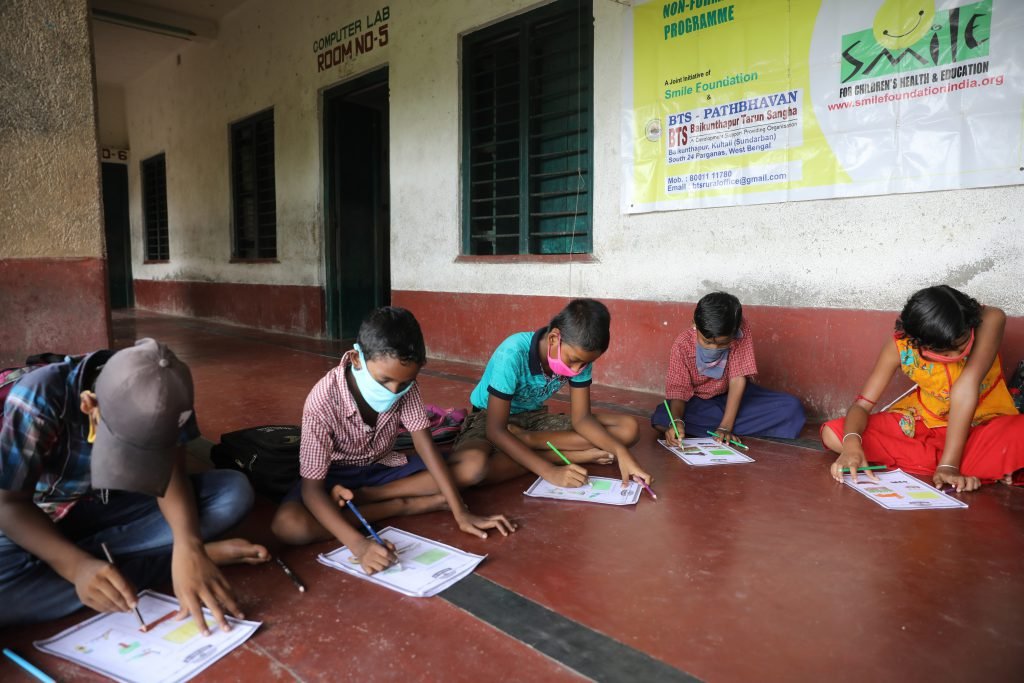
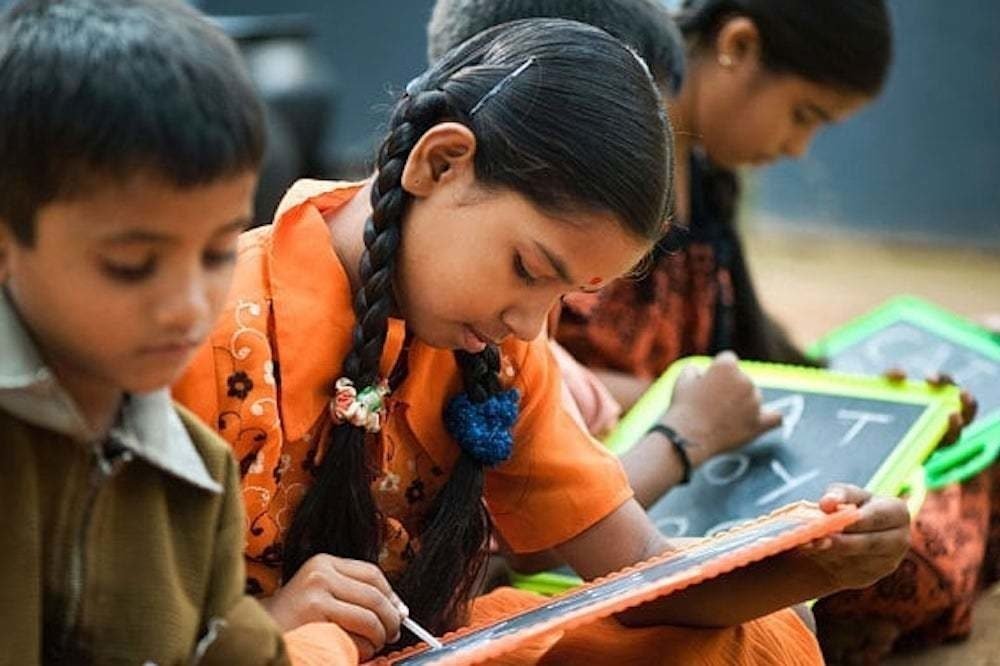

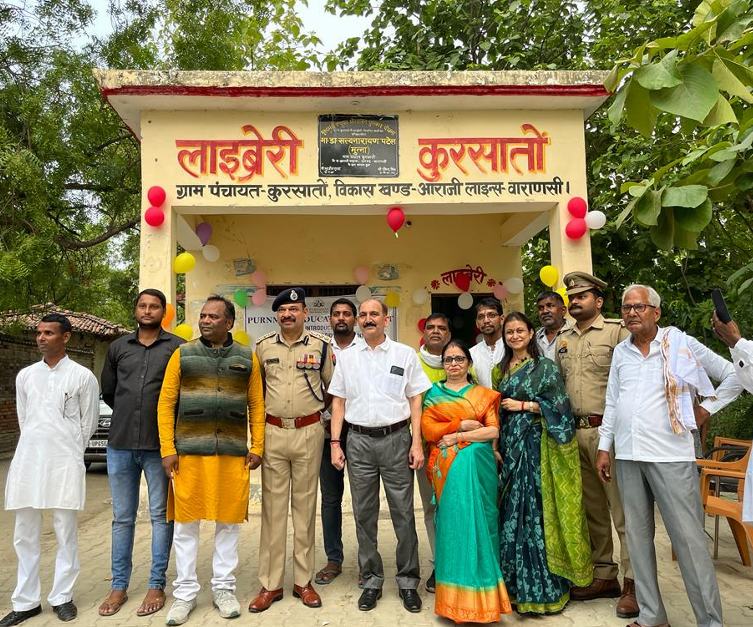
0 comment